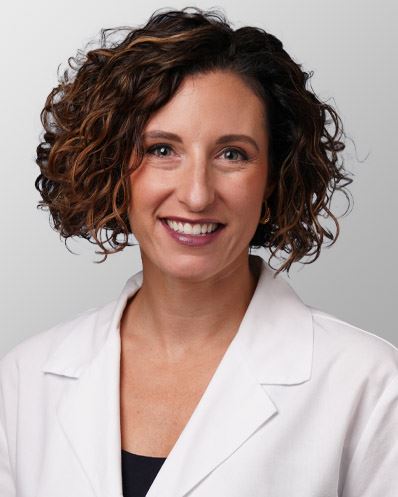Understanding Osteopathic Manipulative Treatment or OMT
- Category: Blog, Primary Care
- Posted On:
- Written By: Jessica Peek, DO

Healthcare treatment options are continuously evolving. Certain hands-on techniques continue to be a in important treatment tool for many providers. Osteopathic Manipulative Treatment or OMT is one of these options that can be helpful in diagnosing, treating, and preventing issues in the muscles, joints, bones, and tissue of the body.
What is OMT?
Osteopathic Manipulative Treatment sometimes called OMM or osteopathic manipulative medicine involves the doctor examining the body through touch to identify areas of dysfunction, poor alignment, tenderness and pain. The doctor will then use manipulation techniques to restore the proper alignment and function of the body.
Who performs OMT?
OMT is typically performed by physicians that have a doctor of osteopathic medicine degree and have the credentials DO after their name.
How do DO’s learn OMT?
DO training includes four years of medical school and then residency training within their specific field of practice. Residency training is can range from three to seven years depending on the speciality. DO’s learn osteopathic principles and practice, as well as, specific hands on training throughout medical school and may continue during residency.
What conditions can benefit from OMT?
OMT can benefit a wide range of medical issues, including acute or chronic:
- neck and back pain
- shoulder pain
- hip pain
- rib pain or dysfunction
- allergies
- sinus congestion
- migraines
- TMJ
- lymphatic flow
- constipation
- menstrual cramps
- pregnancy related back pain
What does a visit for OMT look like?
First, the doctor will collect a medical history from the patient and discuss any specific problems.
Second, the doctor will do a comprehensive osteopathic exam. This involves touching the patient and examining the patient in various positions, like standing, seated, and laying down. This is why we ask patients to wear comfortable, loose fitting clothing to appointments.
Third, the doctor identifies area(s) of dysfunction and determines if OMT can be of benefit.
Fourth, the doctor tailors their treatment plan and osteopathic techniques to the individual patient. The doctor performs the treatment and discusses the follow-up plan and may give recommendations for at home stretches and exercises.
Who can get OMT?
Patients of all ages can benefit from OMT. I have treated infants, children and teenagers, adults, pregnant patients, and geriatric patients. Techniques are tailored to the patient and are very gentle.

Dr. Jessica Peek is board certified in Family Practice & Osteopathic Manipulative Treatment. She is currently accepting referrals for OMT. Talk to your primary provider to find out if this treatment option might be available for you.


.jpg)
